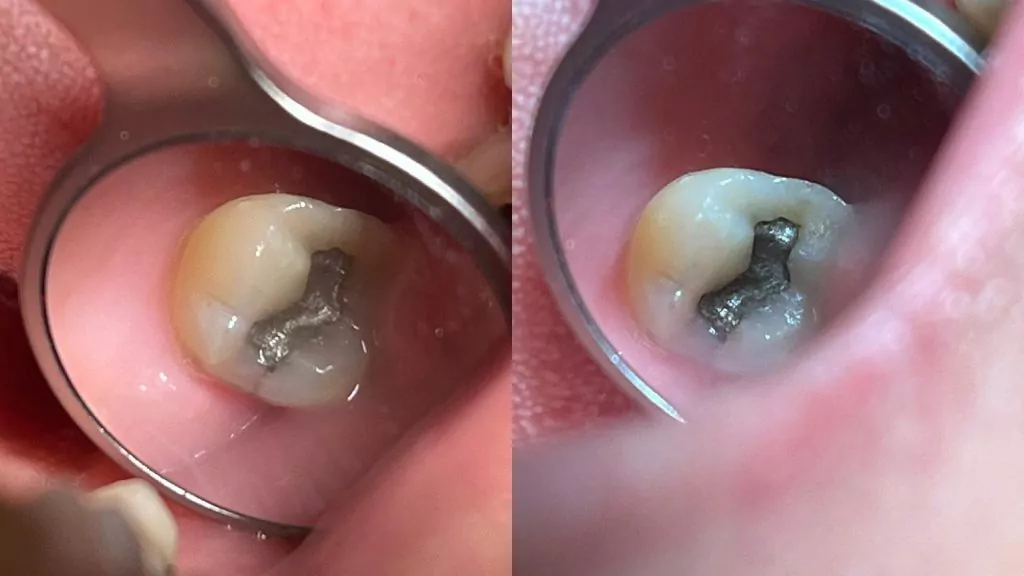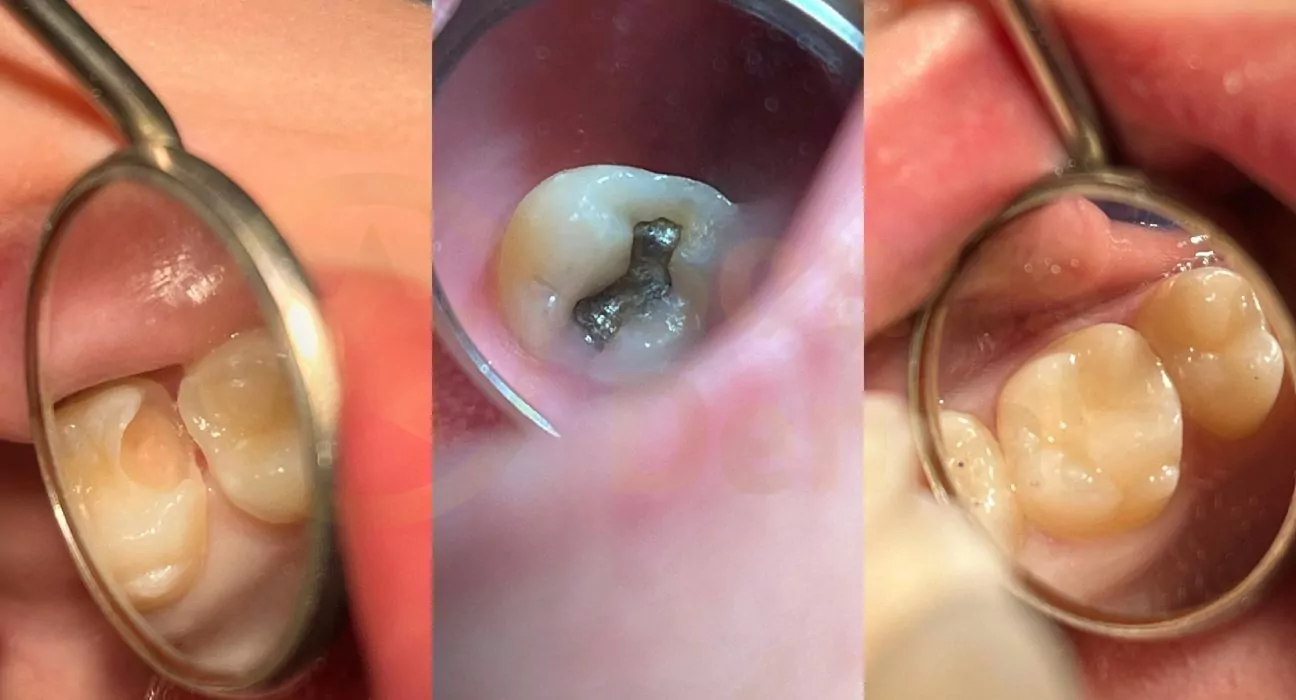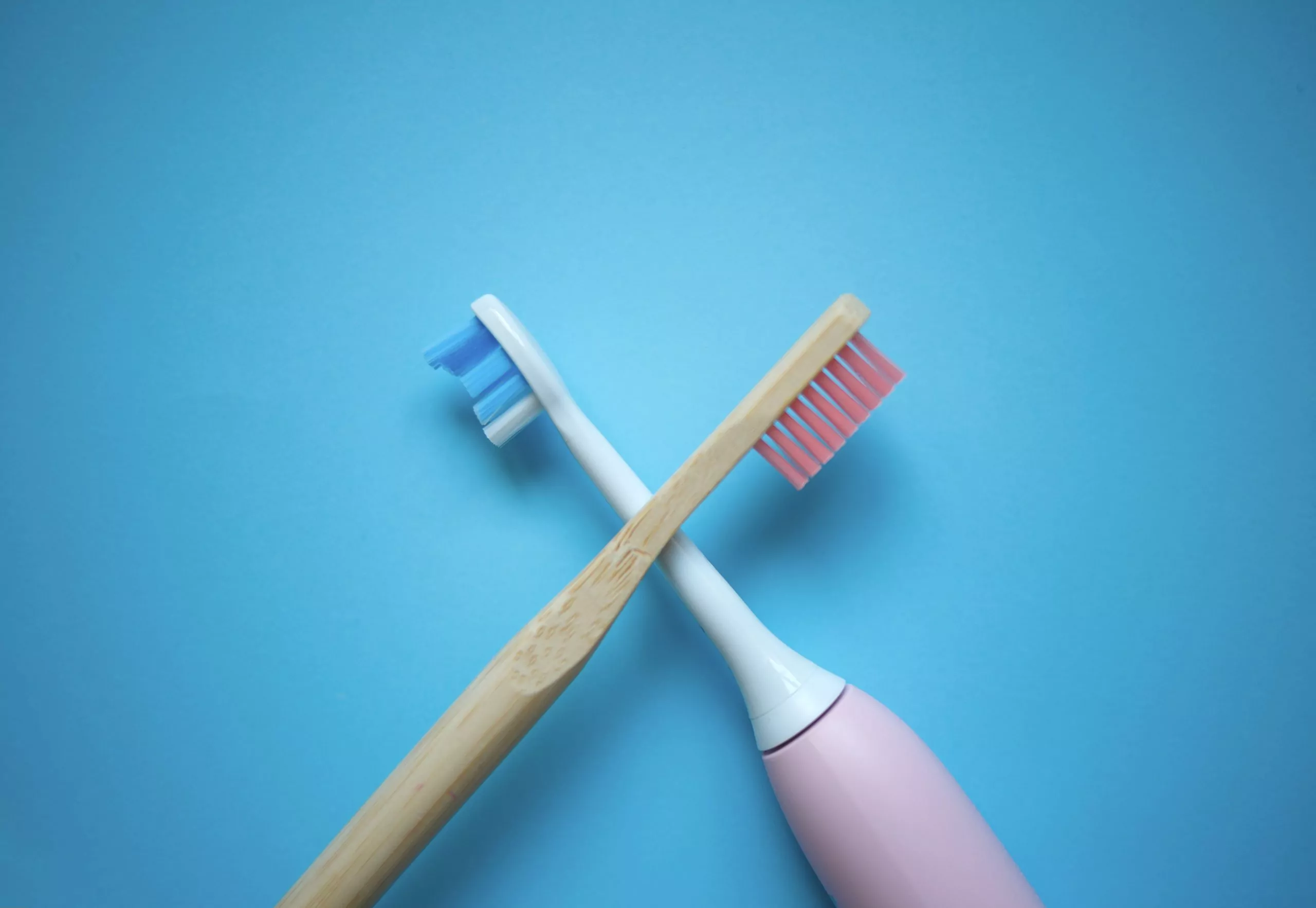Dental fillings are like plastering the wall, when the wall of your room or house gets some kind of poke marks or some kind of cracks that you have to maintain or manage otherwise it may worsen more to your wall. Similarly, dental fillings prevent your teeth from being damaged more and stay maintained.
When do your teeth need fillings?
Sometimes chipped out teeth start giving you sensitivity, when acidic food starts eroding your teeth and when your heavy brush starts abrading your precious, not-recovering-again enamels. But, but widely, when carbohydrate or food debris (mostly carbohydrates) stays or sticks to the tooth surface and makes cavities because of bacterial invasion. Bacteria start growing fast, make a home there, eats enamel and starts going deep down.

In all these cases, the tooth surface becomes irregular, sensitivity surges or sometimes pain starts, teeth may not chew properly.
So, dental filling must come into play in these situations.
Dental fillings prevent cavities from going down, stop pain, and regain comfort while chewing and mouth function whatever that is.
Dental fillings are of varieties depending on look, quality and cost.
- Amalgam. The oldest one and strongest one but in some part of the world ( not in the UK ) it is banned because of the Mercury poisoning (3%) it contains. And, it may need a fairly good amount of tooth cavity cutting for retention in teeth.

- Tooth coloured composite resin, it is esthetically pleasing and currently used widely in the world. Its positive aspects are tooth matching look, and less (only necessary) tooth cutting (tooth conserving) needed, comfortable for the patient right after tooth filling. Downsides can be less stronger than amalgam but sometimes it can be predicted for years.
- Glass ionomer cements it looks like Composite resin but indications are for deep cavities and root vicinities where resins may not bond or retain.
- Inlays/Onlays (for indirect filling) : With the advancements of technologies, we can accurately measure the tooth cavities, send them to milling machines or labs and fabricate cavity sized custom made metal or tooth coloured fillings. And, can glue them to the tooth surface.
Benefits of dental fillings.
1. Saves tooth from getting worse.
2. Less intervention by dentist in your oral cavity.
3. Saving your more money from otherwise complicated treatment afterwards.
4. Comfort on time.
5. Easily re-doable if that doesn’t work with the same tooth and same cavity.
So what do we do in the dental filling process?
We excavate or take out decayed or some damaged tooth surface especially enamel surface (hardest part of body, that is covering tooth head, or crown) and sometimes dentine( second layer of tooth surface) if cavity is a bit deep. We remove all of them, clean and we put cements there just like we put plaster on the wall of our house where there are pits, poke marks and breakages. So, that’s how dental cement stops teeth from being damaged by bacteria going deep down to roots or pulps (nerve and other vessel bundles for that matter).
During the filling of dental cements, sometimes we have to inject to make patient comfort from feeling the sensitivity or not experiencing the pain during cavity preparation. Sometimes it can be done without any injections if tolerable. In some part of the world, injections are mandatory, but in some parts of the world people do without injections that is, you know, dependable from person to person ´ s comfort level.
The cost of filling varies based on the type of filling which sometimes the dentist has to determine based on the type and location of the tooth cavities.

This blog is written by
Dr Dinesh K Karki
Dentist Based in Kathmandu
Founder of Dental Tree Nepal,
a registered dentist and dental clinics
He can be reached at







